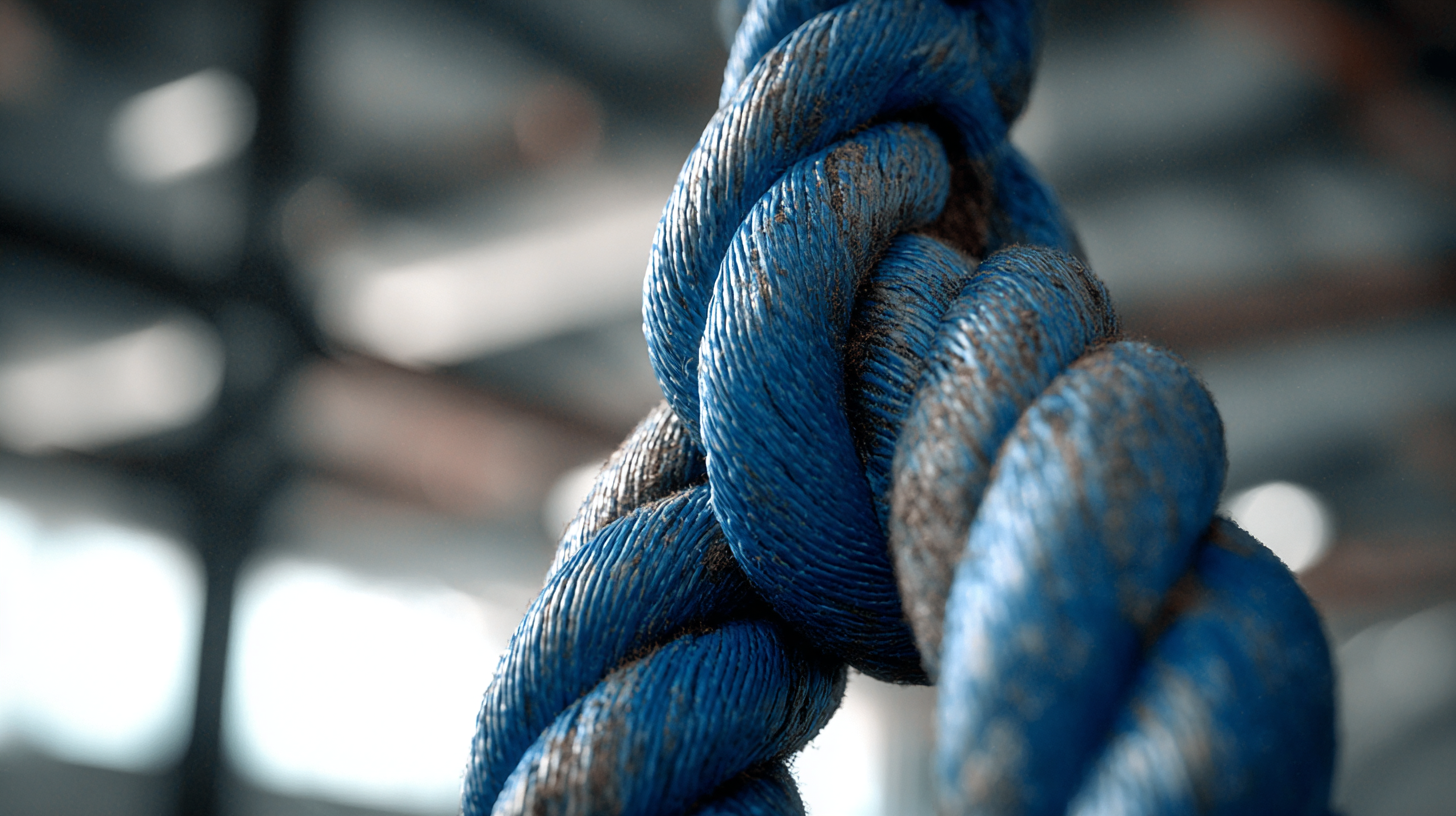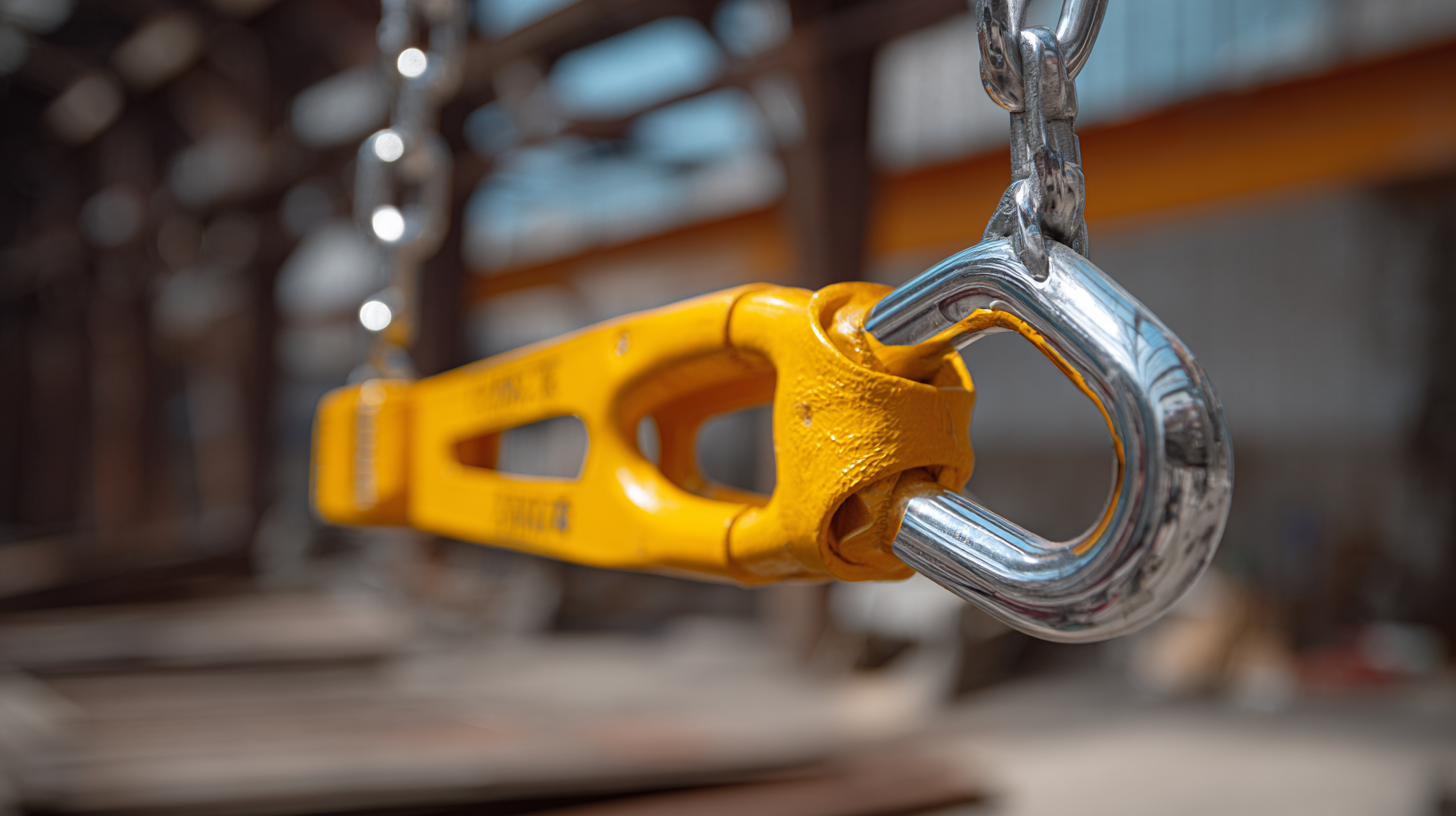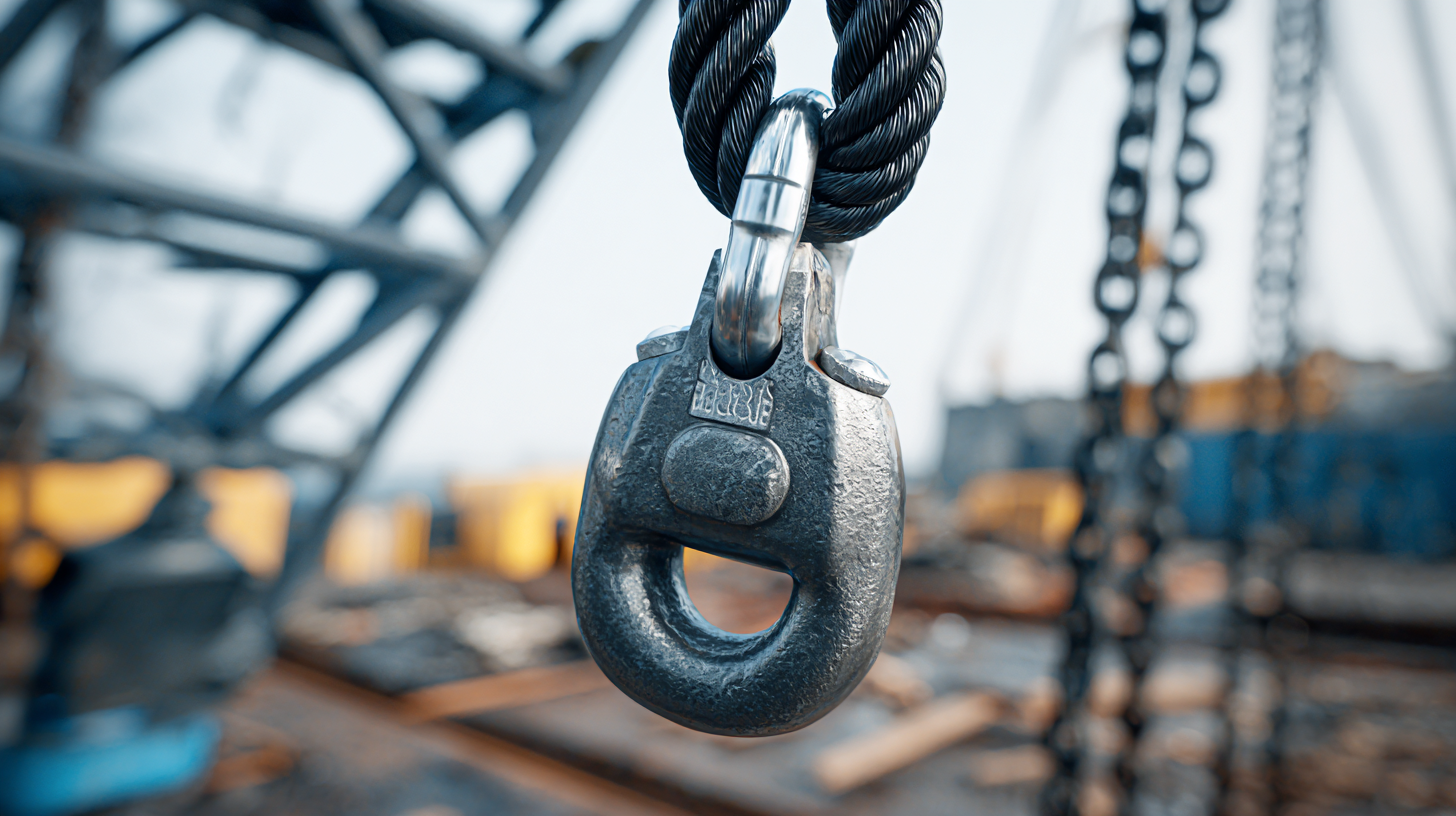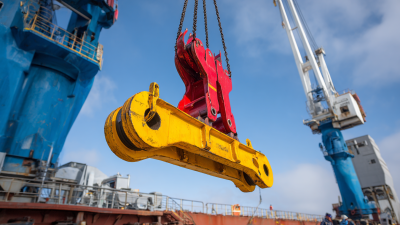When selecting the appropriate lifting gear, understanding the nuances of synthetic slings is crucial for ensuring safety and efficiency in any lifting operation. According to a recent industry report by Lifting Gear Equipment Engineers (LGEE), synthetic slings account for over 50% of the global market due to their lightweight properties, strength, and durability. As industries prioritize safer lifting practices, synthetic slings have become an essential tool, providing significant advantages such as reduced weight and increased flexibility when lifting heavy loads.

Furthermore, they offer superior resistance to environmental factors such as chemicals and ultraviolet rays, making them ideal for diverse applications. Choosing the right synthetic sling not only enhances operational efficiency but also aligns with best safety practices, highlighting the importance of thorough evaluation based on load requirements, operational environment, and specific lifting needs.
When selecting a synthetic sling for lifting applications, understanding the different types available is crucial for safety and efficiency. The most common types of synthetic slings include nylon and polyester slings, each offering unique benefits based on their properties. Nylon slings are known for their outstanding elasticity and abrasion resistance, making them ideal for applications involving shock loading. In contrast, polyester slings exhibit less stretch and superior UV resistance, making them a better choice for outdoor use.
Tip: Always consider the working load limit (WLL) of the sling. According to the ASME (American Society of Mechanical Engineers), the WLL is a critical factor that helps in selecting the right sling based on the weight of the load being lifted. It's recommended to always choose a sling with a WLL that exceeds the actual load by a safety margin.
In addition to nylon and polyester, round slings and web slings also play significant roles in lifting tasks. Round slings provide even load distribution and flexibility, making them perfect for lifting irregularly shaped objects. Meanwhile, web slings are versatile and come in multiple configurations. A report from the Industrial Safety and Health Association (ISHA) suggests that improper sling selection accounts for approximately 25% of lifting accidents. Therefore, a thorough understanding of sling types and their applications is essential for any lifting operation.
Tip: Regularly inspect slings for signs of wear or damage, as safety protocols recommend replacing slings that show any deterioration to prevent accidents on site.
When selecting the right synthetic sling for your lifting needs, several key factors come into play. First and foremost, it's essential to understand the load requirements of your task. Different types of synthetic slings, such as round slings, web slings, and edge protection slings, offer varying capacities and types of support. Always refer to the manufacturer’s load charts to ensure the chosen sling can handle the maximum weight without compromising safety.
Another vital consideration is the environment in which the sling will be used. Exposure to chemicals, UV light, and extreme temperatures can affect the integrity of synthetic materials. Choose a sling designed for your specific working conditions—some slings are treated to resist abrasion and UV rays, while others are made with special coatings for enhanced durability.
Tip: Regularly inspect your synthetic sling for any signs of wear or damage, such as fraying or discoloration. Replace any slings that show signs of significant wear to prevent accidents. Additionally, ensure that all personnel involved in lifting operations are trained in the proper usage and inspection of synthetic slings to maintain a safe working environment.

When selecting a synthetic sling for lifting applications,
assessing the load capacity is crucial. Each sling has a specific weight limit that it can safely support.
Overloading a sling can lead to catastrophic failures, making it vital to choose one that exceeds your needs.
To determine the correct capacity, consider both the weight of the load and the type of hitch you’ll be using,
as this can affect the sling’s effective capacity.
Tip:
Always check the manufacturer’s specifications to verify the safe working load limit (SWL)
for your chosen sling. It’s wise to use a safety factor,
typically recommended to be at least 5:1, meaning your sling should have a capacity at least five times
greater than the maximum load you expect to lift.
In addition to load capacity, safety ratings play a significant role in selecting the proper synthetic sling.
Look for slings that comply with industry standards such as those established by OSHA and ASME.
These ratings ensure that the sling has been tested and meets safety criteria for performance and durability in a given application.
Tip:
Regularly inspect slings for signs of wear or damage and replace them as necessary to maintain safety in your lifting operations.
Proper maintenance is essential for ensuring longevity and reliability.

When selecting a synthetic sling for your lifting needs, the material choice plays a crucial role in determining performance and safety. Two of the most popular options are nylon and polyester, each with its unique properties. According to the Occupational Safety and Health Administration (OSHA), nylon slings have higher stretch capabilities, often up to 10% of their rated load capacity, making them suitable for dynamic lifting applications. However, this elasticity can also lead to unpredictable load behavior under shock loads, which may compromise safety in certain scenarios.
On the other hand, polyester slings are known for their low stretch characteristics, which provide better stability during lifts. A report from the American Society of Mechanical Engineers (ASME) indicates that polyester has a greater resistance to abrasion and UV degradation compared to nylon, making it a preferred choice for outdoor applications or rigorous industrial environments. Additionally, polyester slings typically have a higher resistance to chemical exposure, allowing them to maintain integrity when used around harsh substances.
Ultimately, choosing the right synthetic sling material is key to enhancing safety and efficiency in any lifting operation, and understanding the strengths and weaknesses of nylon versus polyester can lead to more informed decisions.
| Material | Strength (lbs) | Weight (lbs) | Stretch (%) | Temperature Range (°F) | Cost per Foot ($) |
|---|---|---|---|---|---|
| Nylon | 6,000 | 0.25 | 10% | -40 to 194 | $1.50 |
| Polyester | 5,500 | 0.20 | 3% | -40 to 194 | $1.25 |
| Polypropylene | 3,500 | 0.15 | 5% | -20 to 180 | $1.00 |
| Aramid (Kevlar) | 8,000 | 0.30 | 2% | -100 to 500 | $3.00 |
When it comes to ensuring the longevity of synthetic slings used in lifting operations, maintenance and regular inspection are paramount. According to the latest report from the Occupational Safety and Health Administration (OSHA), improper maintenance of lifting equipment contributes to approximately 40% of workplace accidents involving hoisting gear. To mitigate this risk, establish a routine inspection schedule. Experts recommend inspecting synthetic slings before each use for signs of wear, including fraying, cuts, or discoloration, which can indicate material degradation.
Moreover, according to the American Society of Safety Professionals (ASSP), synthetic slings should undergo a detailed inspection at least every 12 months. During these inspections, it’s crucial to check for embedded foreign objects, excessive abrasion, and damaged stitching. Proper cleaning and storage practices can also extend the lifespan of synthetic slings. Using a mild detergent to clean slings that have come into contact with chemicals or dirt can help maintain their integrity. Additionally, storing slings in a cool, dry place away from direct sunlight prevents UV degradation, a significant factor in synthetic material deterioration. By adhering to these maintenance recommendations, businesses not only ensure safety but also maximize the value of their lifting equipment.
This chart illustrates the load capacity of various types of synthetic slings used in lifting applications. Understanding the load capacity and proper usage can help in selecting the right sling for specific lifting needs.






